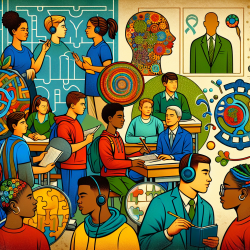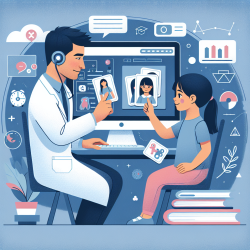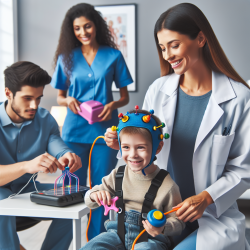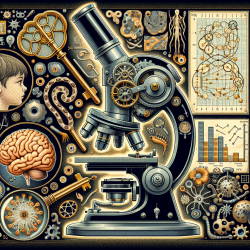Echolalia, the repetition of phrases or sounds made by another person, is a common characteristic observed in children with various disorders, including autism, mental retardation, and language delays. Understanding the role of echolalia and employing effective intervention strategies can significantly enhance therapeutic outcomes. This blog post delves into the complexities of echolalia, offering insights and strategies for practitioners aiming to improve their skills and encourage further research.
Understanding Echolalia
Echolalia can be immediate, delayed, or mitigated. Immediate echolalia occurs right after the heard speech, delayed echolalia happens after a time gap, and mitigated echolalia involves slight modifications to the repeated phrases. Traditionally considered a meaningless repetition, recent studies suggest that echolalia serves various communicative functions, indicating a complex relationship between imitation, comprehension, and language production.
Functions of Echolalia
Echolalia is not merely a symptom to be eradicated but a stepping stone in language development. It can serve multiple functions, such as turn-taking, practicing language use, self-regulation, and more. Recognizing these functions allows therapists to use echolalia as a tool rather than viewing it as a barrier.
Strategies for Intervention
- Functional and Structural Analysis: Understanding the specific type and function of echolalia exhibited by a child is crucial. Tailoring intervention strategies to address immediate, delayed, or mitigated echolalia can lead to more effective outcomes.
- Utilizing Echolalia in Language Development: Therapists can use echolalia to reinforce verbal behavior, expand vocabulary, and model complex utterances. This approach embraces echolalia as part of the child's learning process.
- Addressing Questions: Modifying the way questions are posed to children with echolalia can reduce their reliance on repetition and encourage more meaningful responses. Simple adjustments in phrasing can significantly impact the child's ability to process and respond.
- Encouraging Alternatives: For children using echolalia for specific purposes, such as greetings, teaching alternative, context-appropriate responses can gradually replace echolalic utterances with more conventional language use.
- Exploring Content and Form: Focusing on the development of concepts alongside language forms can help bridge the gap between echolalia and creative language use. This approach addresses potential conceptual disorders underlying echolalic behavior.
Case Studies and Research
Research, including studies on children with autism and hydrocephalus, demonstrates that echolalia can serve as a bridge to meaningful language use when appropriately addressed. Intervention strategies that consider the child's specific needs and the functional aspects of their echolalia can lead to significant improvements in language comprehension and production.
Conclusion
Echolalia, once considered a barrier to effective communication, is now understood as a complex phenomenon with significant implications for language development. By employing targeted intervention strategies and understanding the underlying functions of echolalic utterances, therapists can enhance their therapeutic outcomes. This understanding not only benefits the children they work with but also contributes to the broader field of language disorder research.
For practitioners looking to deepen their understanding of echolalia and its treatment considerations, further exploration of this topic is highly encouraged. The Role of Echolalia in Children with Various Disorders: An Overview and Treatment Considerations provides a comprehensive overview and is an excellent resource for those wishing to enhance their therapeutic skills.










